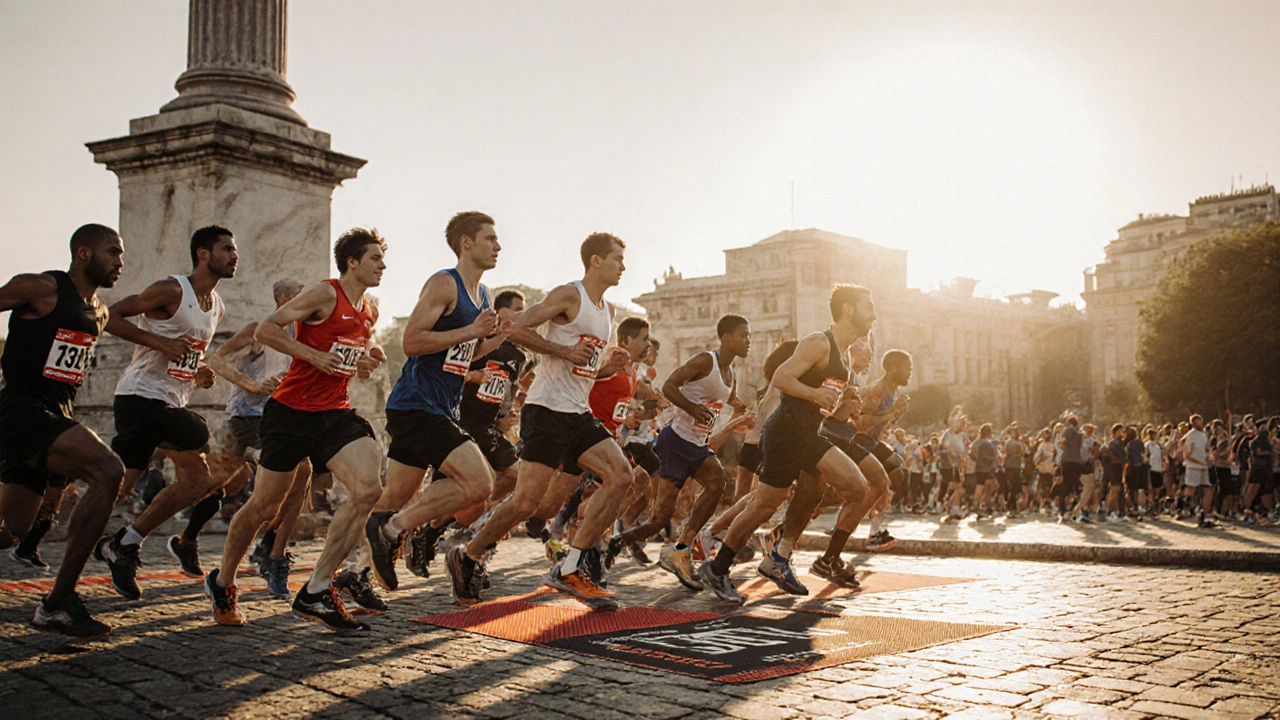
Marathon Age Groups: How Age Shapes Your 42.2km Performance
When planning marathon age groups, the way runners are classified into age brackets to tailor training, recovery, and performance expectations. Also known as age‑based marathon categories, it lets athletes see how their bodies respond at each life stage. Marathon training, a structured plan that balances mileage, speed work, and periodisation for distance runners looks different for a 20‑year‑old versus a 55‑year‑old because heart rate zones, muscle elasticity, and recovery speed shift with age. Optimal marathon age, the age range where most runners hit their peak endurance and efficiency is not a single number; research shows peaks cluster around the early‑30s for elite speed and the late‑40s for ultra‑endurance. These three entities create a clear chain: marathon age groups encompass different training adaptations, training plans require age‑specific adjustments, and the optimal age window guides goal setting. Understanding this web helps you pick the right mileage, pace targets, and race schedule without guessing.
Recovery and Injury: The Age Factor You Can’t Ignore
Once you’ve crossed the finish line, running recovery, the post‑run process that includes nutrition, sleep, and active rest to repair muscles and replenish glycogen takes on a new shape. A 30‑year‑old may bounce back in 48 hours, while a 60‑year‑old often needs 72‑96 hours plus gentle cross‑training. The body’s inflammation response slows, making anti‑oxidant foods and low‑impact activities like swimming more valuable. At the same time, injury prevention, strategies that reduce the risk of strains, tendinitis, and joint wear for runners must evolve with each decade. Strengthening the core and hips becomes vital after 40, while flexibility work and regular mobility drills protect the Achilles in the 50s and beyond. These connections form another set of triples: running recovery requires age‑specific nutrition, injury prevention influences marathon training choices, and optimal marathon age informs the level of preventive work you should prioritize. By aligning recovery and safety tactics with your age group, you keep mileage sustainable and avoid the dreaded “break‑down” phase that ends many promising journeys.
Below you’ll find a curated mix of articles that dig deeper into each of these angles. From why age 30 isn’t a wall to how a 55‑year‑old can still shave minutes off a personal best, the posts explore training tweaks, nutrition hacks, and mental tricks tailored to every bracket. Whether you’re just starting, looking to hit a new PR, or planning a comeback after a break, the collection gives practical, age‑aware advice you can apply today. Dive in and discover how the right age‑focused plan can turn a daunting 42.2 km into a realistic, enjoyable challenge.
